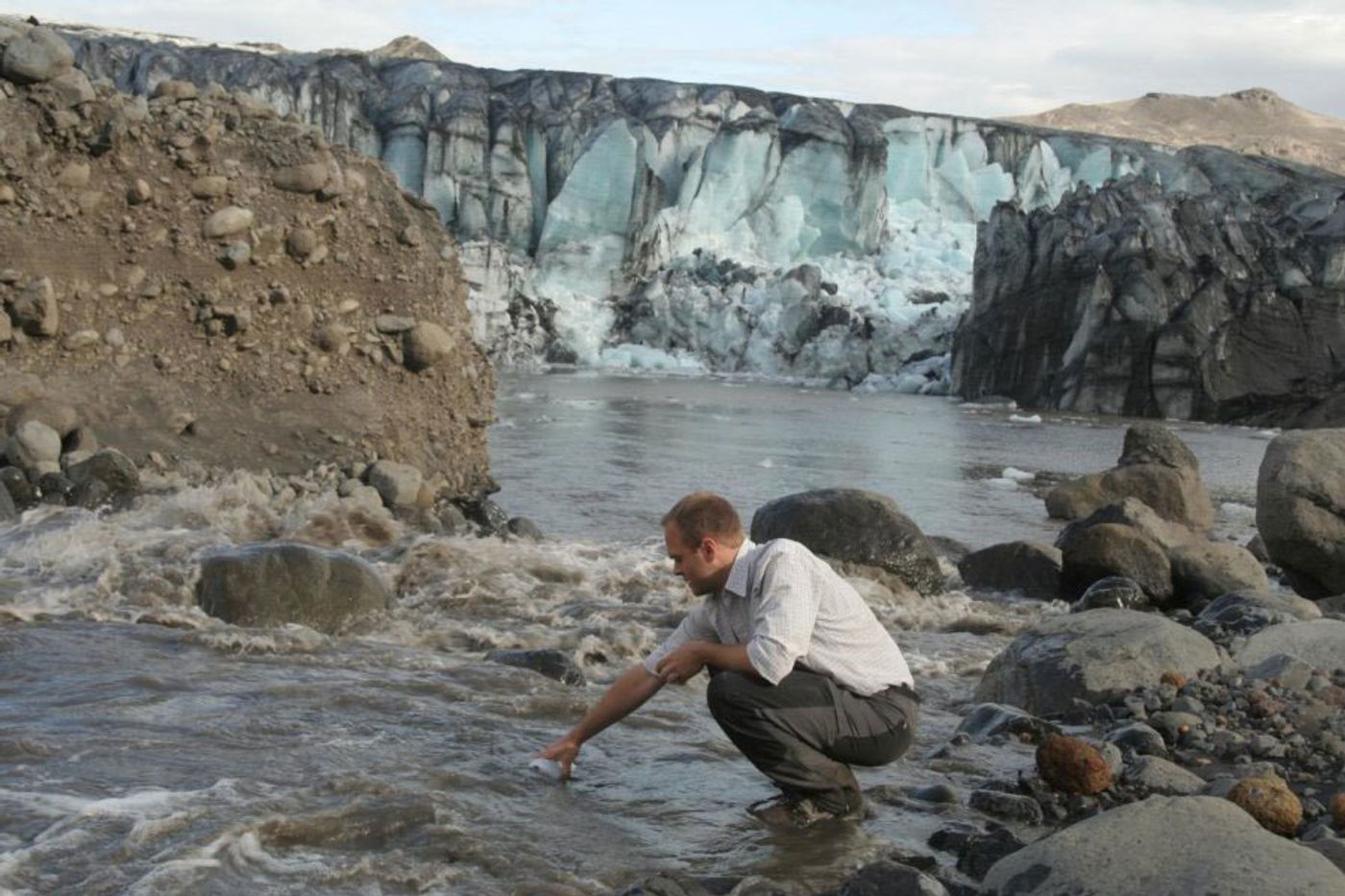Volcano-glacier system emits dangerous methane
New research published in Scientific Reports suggests that large quantities of methane are seeping out from glaciers into the atmosphere. The study focuses on the Icelandic Sólheimajökull glacier, which flows from the active, ice-covered volcano Katla. Scientists from Lancaster University found that the glacier emits as many as 41 tons of methane through meltwaters every day during the summer months.
"This is a huge amount of methane lost from the glacial meltwater stream into the atmosphere," said second author Dr. Peter Wynn, a glacial biogeochemist. "It greatly exceeds average methane loss from non-glacial rivers to the atmosphere reported in the scientific literature. It rivals some of the world's most methane-producing wetlands, and represents more than twenty times the known methane emissions of all Europe's other volcanoes put together."
Science Daily compared the quantity to roughly the amount of methane “produced by more than 136,000 belching cows.”
Methane is a greenhouse gas, just like carbon dioxide. However, due to the unfortunate fact that methane’s warming potential is 28 times stronger than carbon dioxide’s, identifying and quantifying previously uncalculated sources of methane is of utmost urgency.
In the investigation, lead author Dr. Rebecca Burns measured the methane concentrations in water samples taken from the meltwater of the glacier. "The highest concentrations were found at the point where the river emerges from underneath the glacier and enters the lake. This demonstrates the methane must be sourced from beneath the glacier," Dr. Wynn explains. The scientists then identified the source of the methane using a mass spectrometer: the methane is coming from microbiological activity in the glacier.
But the glacier’s close proximity to the volcano also plays a part in the story. Because of Katla’s low-oxygen meltwaters, microbe-produced methane is able to dissolve into the water and leave the glacier system fully intact. In normal circumstances, the presence of oxygen causes methane to convert to carbon dioxide and escape into the atmosphere.
Sólheimajökull is not alone in its role as a volcano-glacier methane producer. "Both Iceland and Antarctica have many ice-covered, active volcanoes and geothermal systems," said Dr. Burns. The significance behind all this? " If methane produced under these ice caps has a means of escaping as the ice thins,” she says, “there is the chance we may see short-term increases in the release of methane from ice masses into the future."
Sources: Science Daily, Scientific Reports









